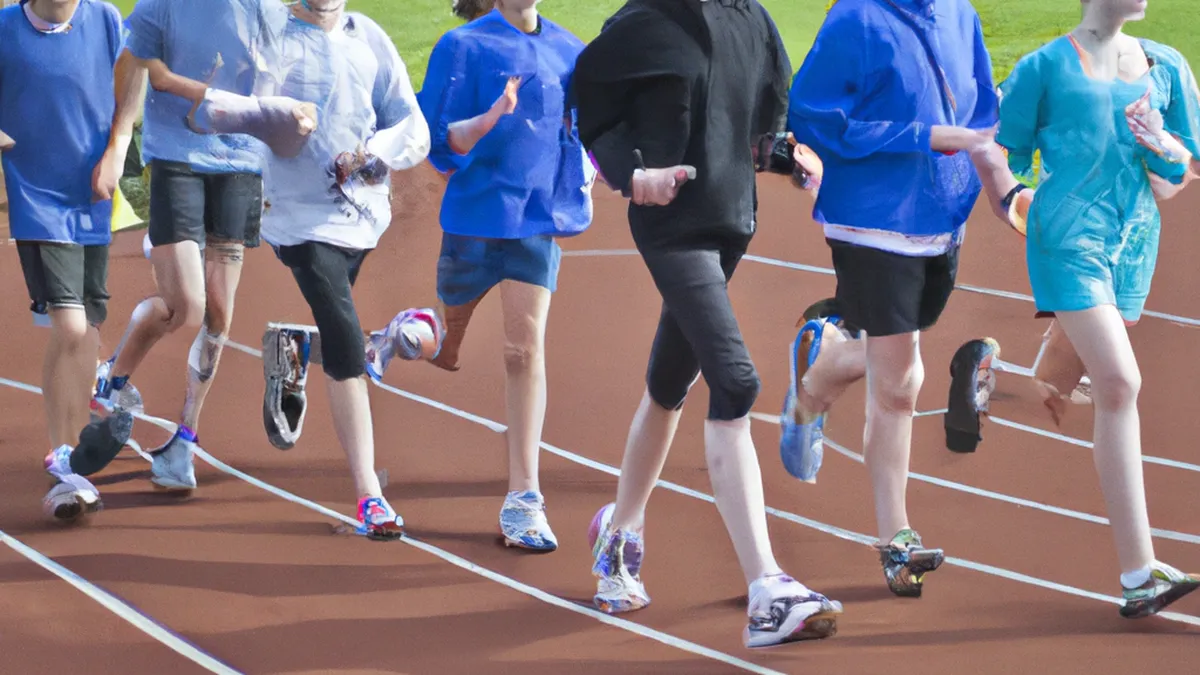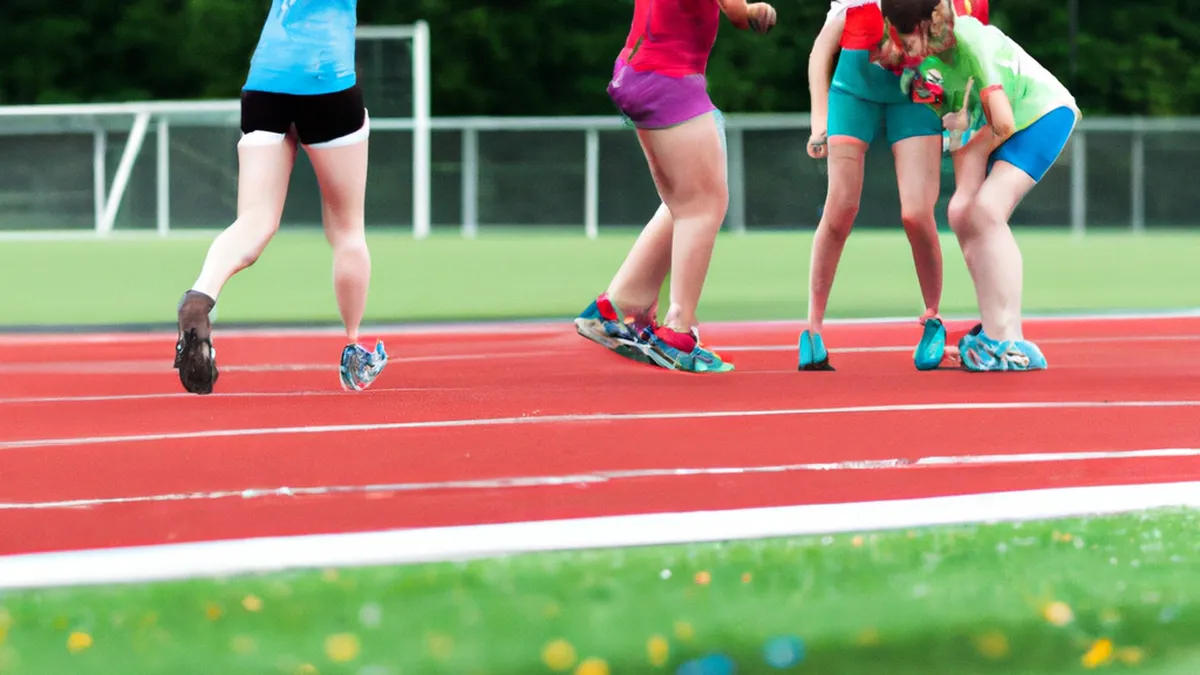Age-Group Training: (Kids vs Teens)
Tailoring Training Programs for Youth Athletes’ Developmental StagesYouth athletes experience rapid physical, emotional, and cognitive changes. Coaches and parents must understand these stages to create effective training programs. Customized training enhances skills and fosters a lifelong love for sports, improving performance and nurturing well-rounded individuals.
As an Amazon Associate I earn from qualifying purchases.
Gear tip: consider running shoes, gps running watch, and heart rate strap to support this topic.
Understanding Developmental Stages
Youth athletes progress through distinct developmental stages: early childhood (ages 5-7), middle childhood (ages 8-11), early adolescence (ages 12-14), and late adolescence (ages 15-18). Each stage presents unique physical, cognitive, and emotional characteristics. Recognizing these differences helps coaches and parents develop age-appropriate training plans.
Early Childhood (Ages 5-7)
Children in early childhood possess abundant energy and curiosity. Focus on developing fundamental motor skills through engaging, fun activities. Use play-based training to maintain interest and motivation. Incorporate games that enhance coordination, balance, and agility, such as obstacle courses. Emphasize physical literacy by teaching effective, confident movement. Integrate activities like running, jumping, throwing, and catching to develop these skills. Coaches should celebrate small achievements and foster a love for movement.
Middle Childhood (Ages 8-11)
In middle childhood, children’s physical capabilities improve significantly. They can handle structured activities and learn sport-specific skills. Training programs should introduce essential skills while encouraging participation in various sports.This variety prevents burnout and promotes social skills. Coaches should incorporate teamwork and communication exercises, as athletes begin to understand collaboration’s importance. Encouraging different sports keeps training exciting and helps young athletes discover their interests.
Early Adolescence (Ages 12-14)
During early adolescence, athletes experience growth spurts that impact physical abilities. Rapid body changes can influence coordination and strength. Adapt training programs to focus on skill refinement and introduce strength training.Introduce resistance exercises with proper supervision to prevent injuries. Coaches should teach athletes the importance of conditioning and recovery techniques. Encourage athletes to set personal goals and embrace challenges to foster mental resilience.
Late Adolescence (Ages 15-18)
In late adolescence, athletes focus more on competition and performance. Training programs should emphasize sport-specific strategies, tactical understanding, and advanced skills. Incorporate mental conditioning to help athletes manage stress.
Conclusion
Understanding developmental stages allows coaches and parents to create effective training programs. Customized training enhances skills, fosters passion for sports, and supports overall growth.
Below are related products based on this post:
FAQ
What are the distinct developmental stages for youth athletes?
Youth athletes progress through early childhood (ages 5-7), middle childhood (ages 8-11), early adolescence (ages 12-14), and late adolescence (ages 15-18). Each stage has unique physical, cognitive, and emotional characteristics that must be considered when designing training programs.
How can training programs be tailored for early childhood athletes?
For early childhood athletes, training should focus on developing fundamental motor skills through engaging and fun activities. Play-based training methods, such as obstacle courses and games that enhance coordination, balance, and agility, are effective in maintaining interest and fostering a love for movement.
What should coaches focus on during late adolescence training?
During late adolescence, training programs should emphasize competition and performance, focusing on sport-specific strategies and advanced skills. Incorporating mental conditioning is also crucial to help athletes manage stress and enhance their overall performance.















Post Comment